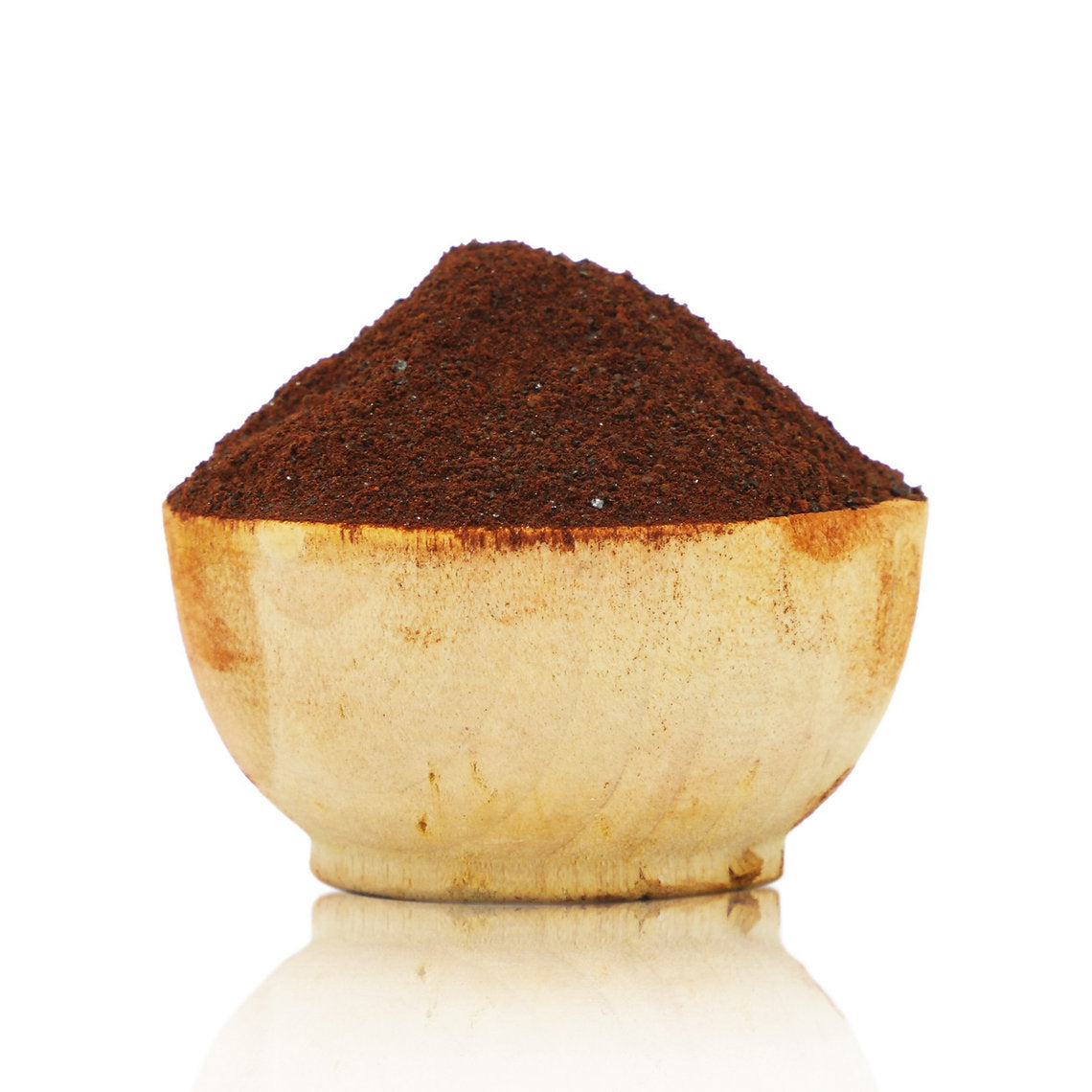
Kakishibu - unripe persimmon tannin extract - Diospyros kaki
Pickup available at eHouse Rishon
Usually ready in 24 hours
Reliable shipping
Flexible returns
Description
柿渋 Kakishibu – Persimmon Tannin Dye
Kaki (柿) means persimmon, and Shibu (渋) means astringent — together, Kakishibu refers to the traditional Japanese tannin dye made from unripe persimmon fruits. Harvested at their peak tannin content, the fruits are crushed, fermented, and concentrated into a powder with nearly 95% tannin.
Kakishibu has been produced in Japan since at least the 13th century and has a wide range of uses: dyeing fabrics and fishing nets, finishing woodwork, stencil paper making, and even aiding in the production of sake. On textiles, Kakishibu is non-toxic and imparts water-resistance, antiseptic, insect-repellent, and mildew-proof properties.
Like henna, Kakishibu is an oxidation tannin; it deepens in shade under sunlight (UV exposure). Depending on the number of layers applied, the color ranges from pale tan to deep orange-brown. Post-mordanting with iron (ferrous sulfate) shifts the shades toward greys and blacks.
Did you know? In Japan, fishing nets were made water-resistant, antiseptic, insect-repellent, and mildew-proof by dyeing them with kakishibu.
Active dye components: condensed tannins, gallotannins, catechin, shibuol
CI Natural Dye Number: none assigned
Shading Tips
- Layering: multiple coats deepen from light tan to dark orange-brown
- Sun exposure: oxidation in sunlight darkens the shade over time
- Iron mordant: produces dark greys to black
- On wood: enhances natural grain with warm, protective finish






